A practice amplifier can be just about anything, but by definition it's probably not something you are going to gig with.
Step 1 Getting Started
If the amp is for practice, you generally don't need a big one. Up to 15-watts is pretty standard, with 30 to 50-watts being about as big as they get. The more wattage and the bigger the speaker usually means a better sound – even at lower volumes. Try to look for tone controls that include midrange, as that is the one often left off of small amps and it really does affect your tone quite a bit. Headphone outputs are pretty standard and nice to have – they cut the speaker output and you can practice silently if needed.
Step 2 What Type Is For You?
There are generally three types of amps: Tube, solid state, or modeling. There are a few hybrid amps like the Spider Valve II that have tube and solid state components (tube preamp with a solid state power section, or every once in a while the other way around), but for our purposes we will just stay with the main three.
Tube amps
Tube amps are generally heavier, more expensive, and require more upkeep than the other two. Tube amplifiers have long been the choice of professional musicians for their warm tone and expressive dynamics. They tend to have a few sounds – Marshalls sound like Marshalls, Fenders sound like Fenders – with some variation. They will need to be re-tubed and biased from time to time, and can be more fragile than solid state amps.
Solid state amps
Solid state amplifiers have come a long way, but historically haven't been known for their tone – especially for high-gain and over driven sounds. While there are some classic solid state amps used by pros (Polytone and Roland JC120 are a couple) a lot of solid state amps stay in the beginner to intermediate level. They are lighter to move around and generally are maintenance free.
Modeling amps
One relatively new addition to the amp world is the modeling amp. This is usually a solid state amp with computer based technology designed to make it sound like a tube amp – or many tube amps. With a computer processor on board, many of these amps have a lot of effects on boards as well. Modeling amps can be a good choice for the reliability of solid state with the tone of tube amps. Line 6's Spider IV 15 is one of the best selling guitar amplifiers in the US and is an example of this type of amp.
Tips
- Other features include built in backing tracks – drums and other instruments with songs to play along to like found on Spider Jam. You might get a lot more practice time in if it's fun – and playing along with other instruments certainly is.
- Some amps have digital outs to connect to a computer for recording or practice. Just because an amp is small, doesn't mean it can't be powerful. A small amp can sound pretty big going into a recording device. There is a lot of software based tutorials and lessons on the web – a practice amp with a computer connection can save you the cost of one more interface to buy.
Just updated your iPhone? You'll find new emoji, enhanced security, podcast transcripts, Apple Cash virtual numbers, and other useful features. There are even new additions hidden within Safari. Find out what's new and changed on your iPhone with the iOS 17.4 update.



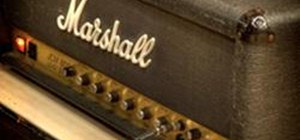
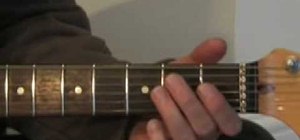
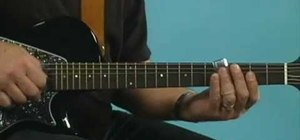
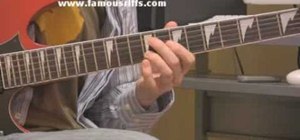
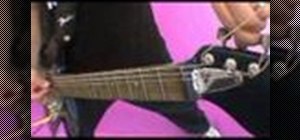
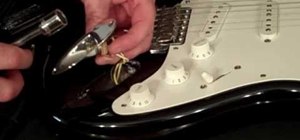


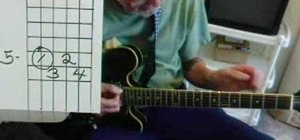


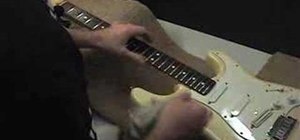
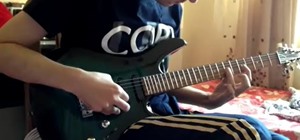
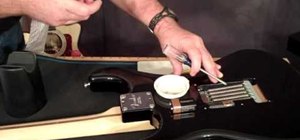
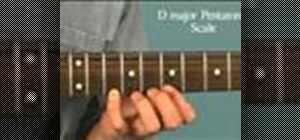
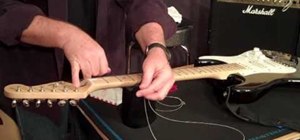
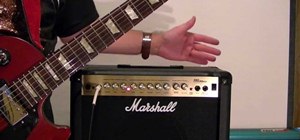


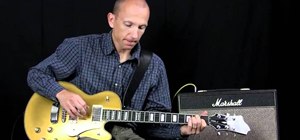
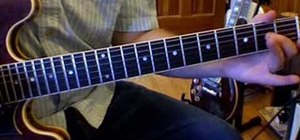
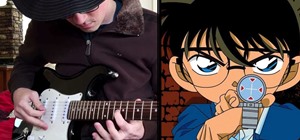
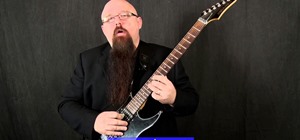
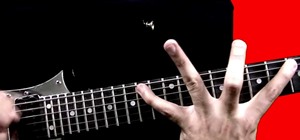



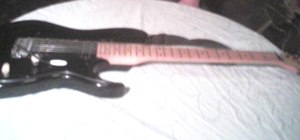
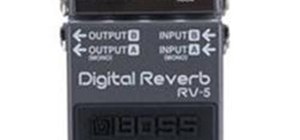
Be the First to Comment
Share Your Thoughts